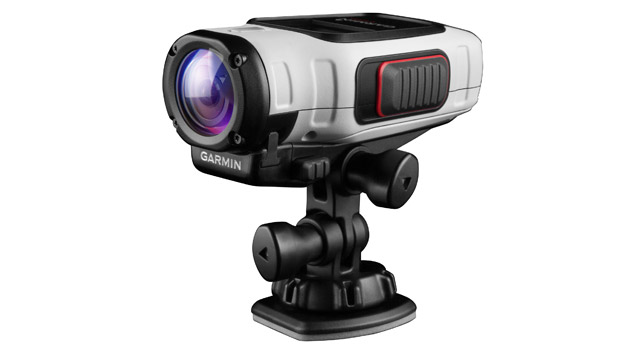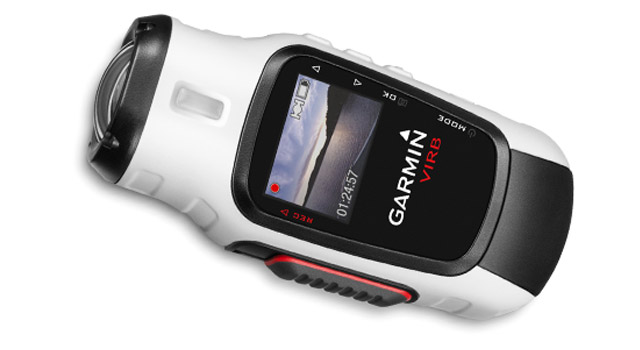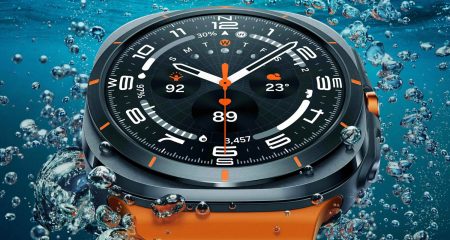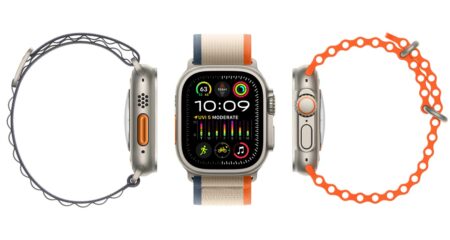
Garmin is a brand known for its GPS navigation devices, but with the advent of GPS smartphones and free maps and navigation, a large part of Garmin’s consumer market has fallen away. The company has already moved into new areas, including wearable technologies such as fitness trackers and specialised sports watches with great success, so it’s only logical that it expands into the action camera market, too.
The global action cam space has exploded in recent years, due largely to the impact of the GoPro. Dozens of manufacturers have jumped on board to try to capture a slice of the pie.
Garmin’s Virb range of action cameras, launched a year ago, is the first it has produced. There are two models in the Virb range. We looked at the flagship, the Virb Elite, which comes with all the bells and whistles, including an integrated GPS tracker, which is not included in the base model, which sells for R1 100 less.
The design of the Virb Elite is a little different to many other action cameras. It does not require external housing as it is ruggedised out of the box. The camera features a rubber exterior and is IPX7 rated, meaning it can withstand immersion in 1m of water for up to 30 minutes. For those that want to take their camera underwater for longer, or take it deeper, there is an optional external housing available.
Also unique to Garmin’s action cameras is a 1,4-inch screen situated at the top. This makes it easy to access the menu system or to frame an image before starting a recording. The screen uses ambient light instead of a backlight to illuminate the screen. This helps reduce battery drain. This also means that this screen is not super sharp or detailed, but it gets the job done. The Virb Elite can also connect to a smartphone app to use that as a viewfinder and to change settings, but more on this later.

The camera weighs 203g and is only slightly heavier with an attached mount. It’s 111mm long and 53mm wide at its thickest point. It also features a removable 2 000mAh battery that is good for about three hours’ worth of recording. Footage is recorded onto a microSD card, with cards of up to 64GB supported.
When it comes to shooting video and still images, the Virb Elite does a great job. It can snap 16-megapixel still images and record video at a maximum resolution of 1080p at 30fps. It can also shoot 720p video at 60fps. If you want true slow motion, then you’ll have to drop the resolution to 480p for a frame rate of 120fps. This action camera can also shoot photo bursts and time-lapse video for more creative scenes.
We took the Garmin Virb Elite for an off-road cycle along Johannesburg’s Braamfontein Spruit, a 40km return route that connects Emmarentia Dam in the south to Sunninghill in the north. Although we did receive a bike mount for the Virb Elite, mounting the camera on the bike produces too much camera shake, especially on off-road routes. We decided to rather mount the camera on a helmet using the mounts supplied with the camera. Technically speaking, these mounts are not ideal for vented helmets, but the putty-like glue that keeps the mount secure worked like a charm on every surface we mounted the camera on.
The video quality produced by the Virb Elite is great. Images are sharp and colour saturation is excellent. This was particularly evident when cycling through tunnels, where the camera would take a few seconds to adjust to the bright light on the other side.
Although the Virb Elite has a built-in microphone, it’s average at best at recording ambient audio. For more professional sounding audio, there is an optional USB to 3,5mm stereo microphone adapter that will record audio from a microphone straight to the video file.
Considering that the camera will be mounted when in use, there is a handy smartphone app that can be downloaded for both iOS and Android devices that, as mentioned earlier in the review, allows you to view the camera feed and change all the settings on the camera. It can even be used as a viewfinder for taking still images. The app also allows for video recording to be initiated from the app, but we found it’s much better to use the large recording slider button on the left side of the Virb Elite to start recording.
GPS tracking
One of the best features of the camera is its ability to record GPS tracking information along with the videos that its captures. The GPS data is captured in a GPS Exchange format — .gpx — file and data from other devices can also be imported.
In order to embed the GPS data into the video file, Garmin’s own Virb Edit software needs to be used. Garmin has done a good job with Virb Edit. It’s easy to use and even computer novices should be able to master it. The software can be used to import the GPS data from the Virb Elite and it can be used to edit and create video. The software is not as powerful as other dedicated applications, but for simple edits it works like a charm. Professional users will likely only use Virb Edit to bake the GPS data onto the video and then make use of their favourite editing suite to put their video together. The embedded data on the video looks good, too, and Garmin took care not to make the overlays look cheesy (take a look at the sample video we shot above).
The Garmin Virb Elite is an action camera that takes GPS tracking just as seriously as it does shooting great quality video. Having GPS data embedded in a video makes sense for a lot of action videographers and adds a layer of contextual information not found in most cameras in this space.
Anyone looking for an action camera these days has no shortage of options, but Garmin brings an interesting proposition to the table that will certainly find favour with many action junkies. The Virb Elite retails for R4 999. The model without GPS will set you back R3 899. — © 2014 NewsCentral Media




